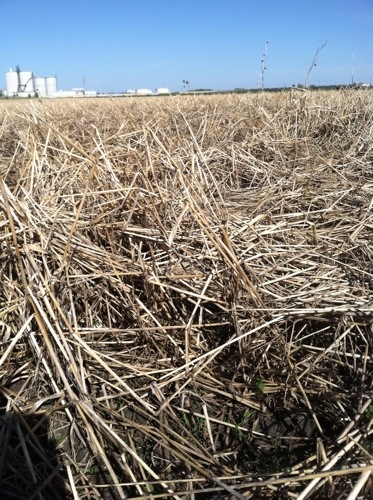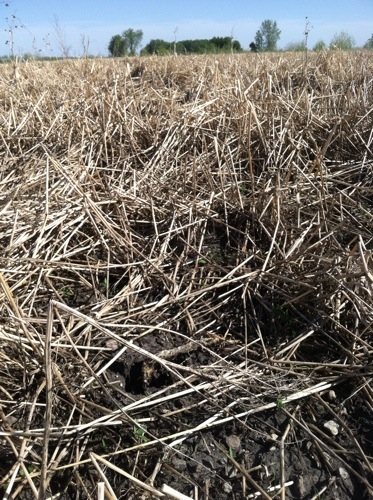We have 80 acres of prevented planting acres we planted oats and tillage radish on last summer. We didn’t get our corn planted timely enough last spring in this field because it is very wet. It is not tiled very well.
The oats and tillage radish did their job beautifully. They winter killed and the ground feels bouncy and moist. The top layer looks and feels much better than before we planted a cover crop on it.
We normally lightly till our soybean stubble to create a fluffy seed for our corn. We tried doing this over the oat stubble and it clogged up the soil finisher. So then we went over it with a disc to cut up the oat straw residue, but then we had clumps. So we went over it one more time with the soil finisher and this is what we got:
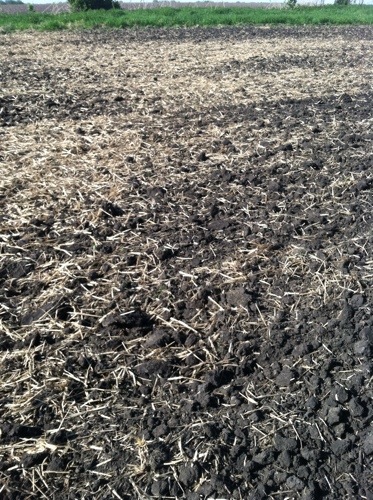
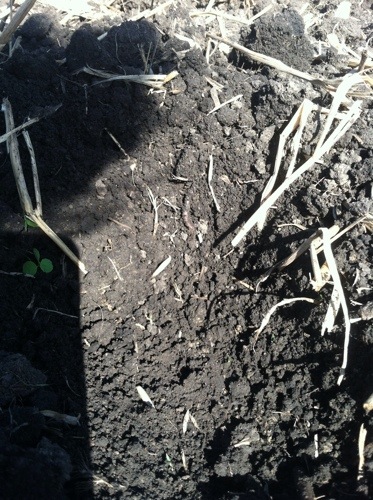
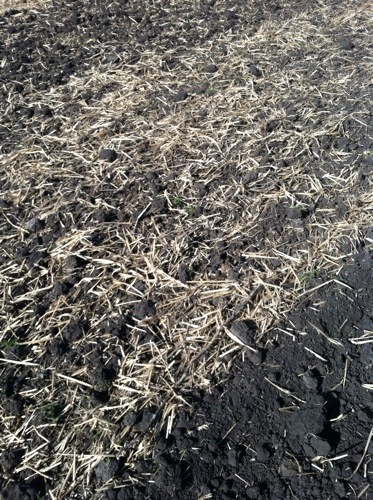
We made the mistake of running the cover over with the soil finisher. We did this to 40 acres of the field. We still have the other 40 acres that sit inside the railroad loop next to the ethanol plant that is more wet than the other 40 acres.
I called cover crop expert, Sarah Carlson at Practical Farmers of Iowa, and she suggested no-till the whole thing. She put me in touch with some other PFI farmer members who have experience with planting corn into cover crop residue and the concensus is to no-till plant corn into the residue. We are nervous about this because one, the soil is wet and we are worried about side wall compaction and soils seed contact. Two, because we are new to cover crops and have never no-tilled corn into residue like this before.
What the experts and experienced farmers say sounds great, but I wish they could see what type of soil and wetness we are looking at. I am sure they would tell us to turn it into CRP ground or create a wildlife refuge. We do have hay ground next to it and it works well, so maybe that is the answer.
This is what the oat stubble looks like. The soil under the feet feels bouncy. It’s hard to swallow the fact that we may have ruined any progress we made with our compaction issues when we tilled it 3 times.
